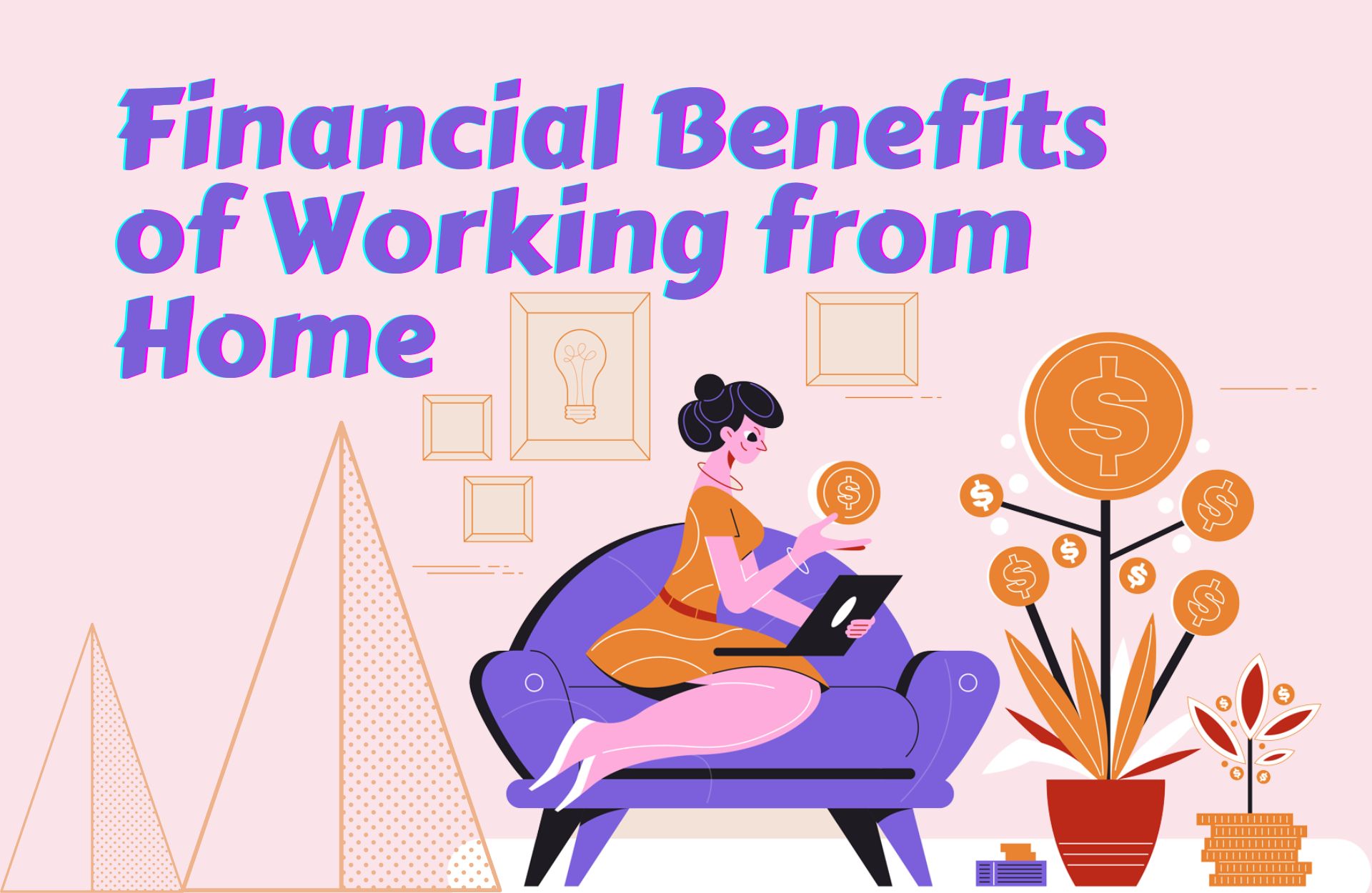Just like it sounds, remote work means performing work in a remote location away from the office.
While traditional work arrangements mean entering the office every day, remote workers perform work offsite, using digital collaboration and communication tools, document sharing, and other capabilities to bring the office close to them.
Many of these employees are working remotely from home, but in reality, remote work can often be done from anywhere. While some may choose to stay at home permanently, other remote workers will work from different locations. Common places to work remotely include:
- Home
- co-working space
- coffee shop
- hotel
- public Library
- family holiday home
You may also like: Top 5 Places to Work Remotely
How do people work remotely?
While some jobs, such as factory work and retail sales, require employees to perform work at a specific physical location, remote work has fewer restrictions. People who work remotely may be employed on a full-time, part-time, contract or project basis, and the actual terms of their arrangements may vary.
There are two common models for remote work:
- Permanent remote work
- Flexible remote work
In permanent remote work, the entire work of the remote worker is done outside the office. With everything from paperwork to team meetings and conference calls taking place from the remote worker’s home or chosen location, remote workers have no reason to come into the office—they can access all the information and tools they need to stay productive from anywhere.
Permanent remote employees are often part of a remote team, which means that all of their colleagues are also permanently working from home. While these teams may never meet in person, they use collaboration and communication tools to achieve common goals and convey awareness of the team and company culture.
Flexible remote working, also known as hybrid working, is a combination work arrangement that allows employees to work remotely from home, but also sometimes come into the office.
Some flexible remote work arrangements have set schedules where people work remotely on certain days and come into the office on certain days. Others may have flexible schedules in which employees can work remotely most of the time and come into the office as needed, for example, for client and team meetings.
In the U.S., 89% of businesses plan to make some kind of flexible remote work a permanent option, allowing many or most employees to work remotely from home at least one day a week. Reference: It’s time to reimagine where and how work will get done






